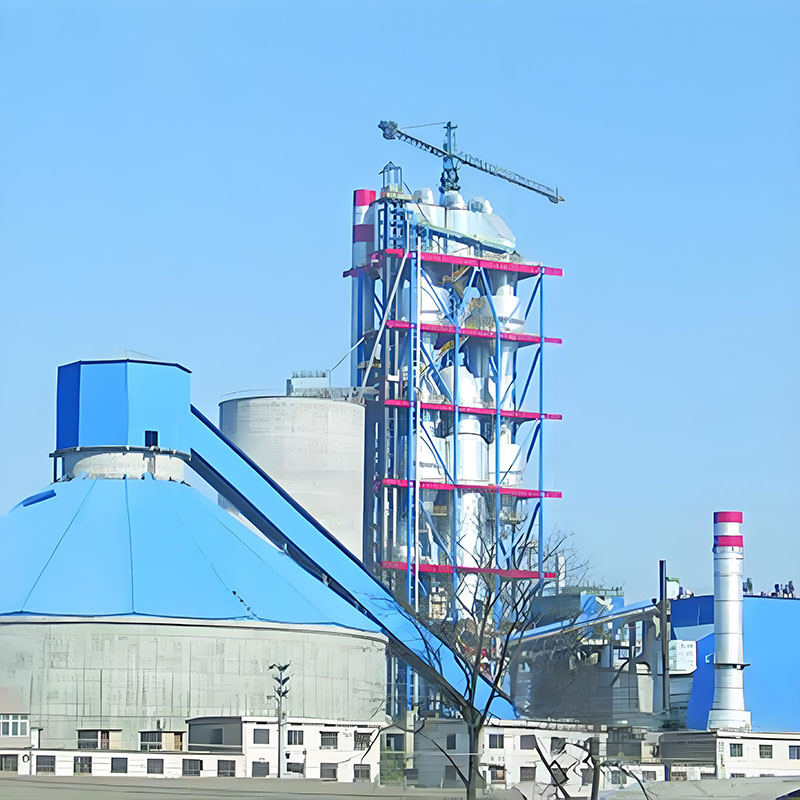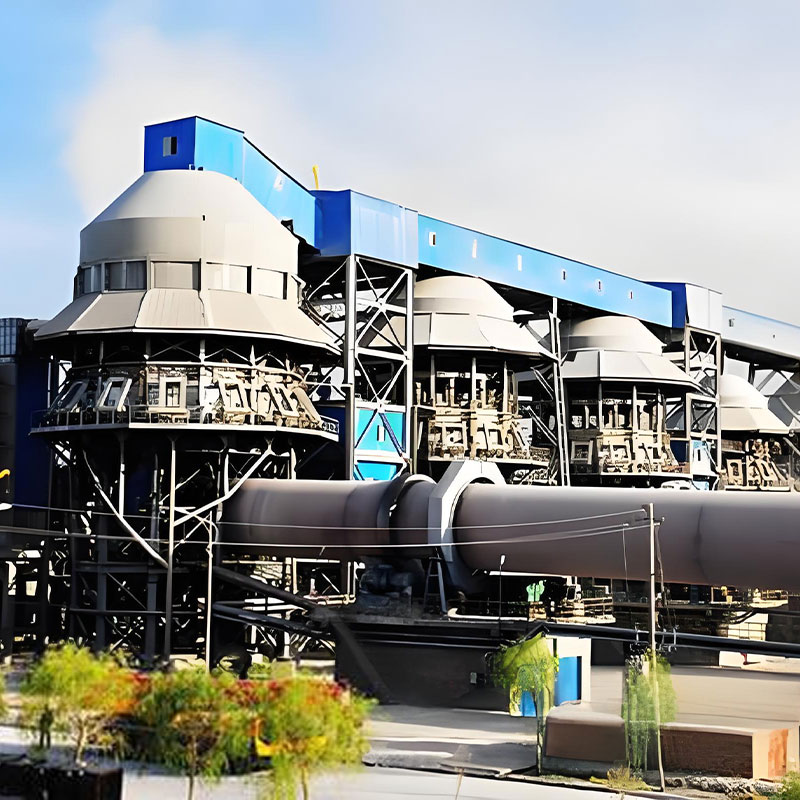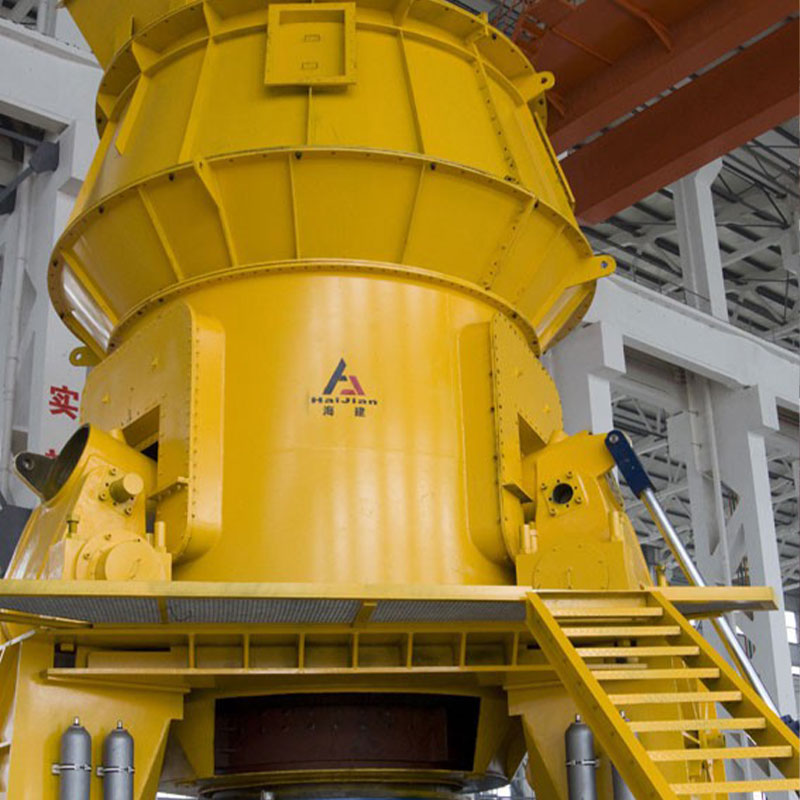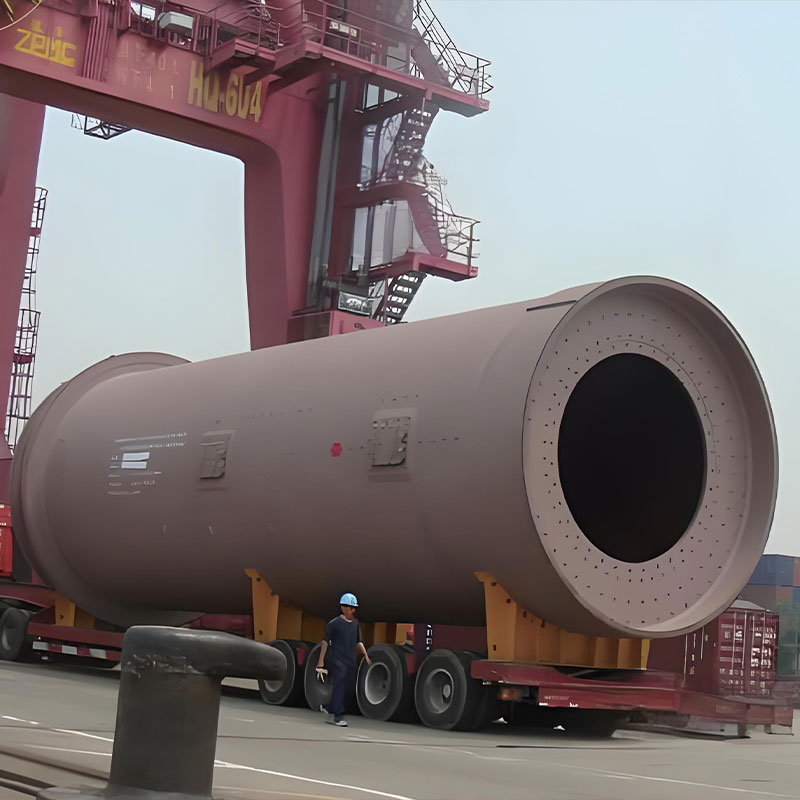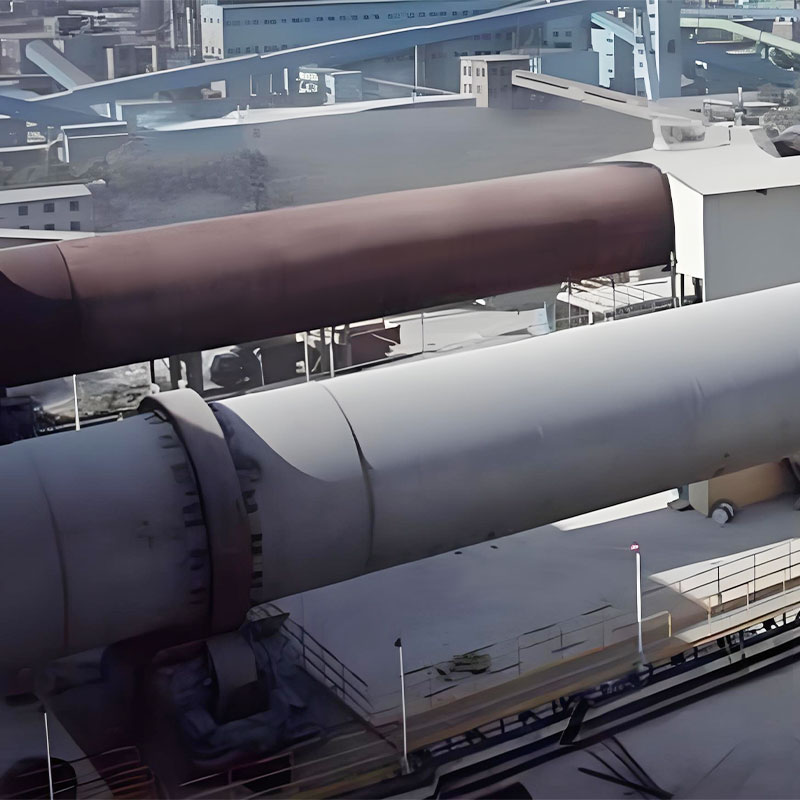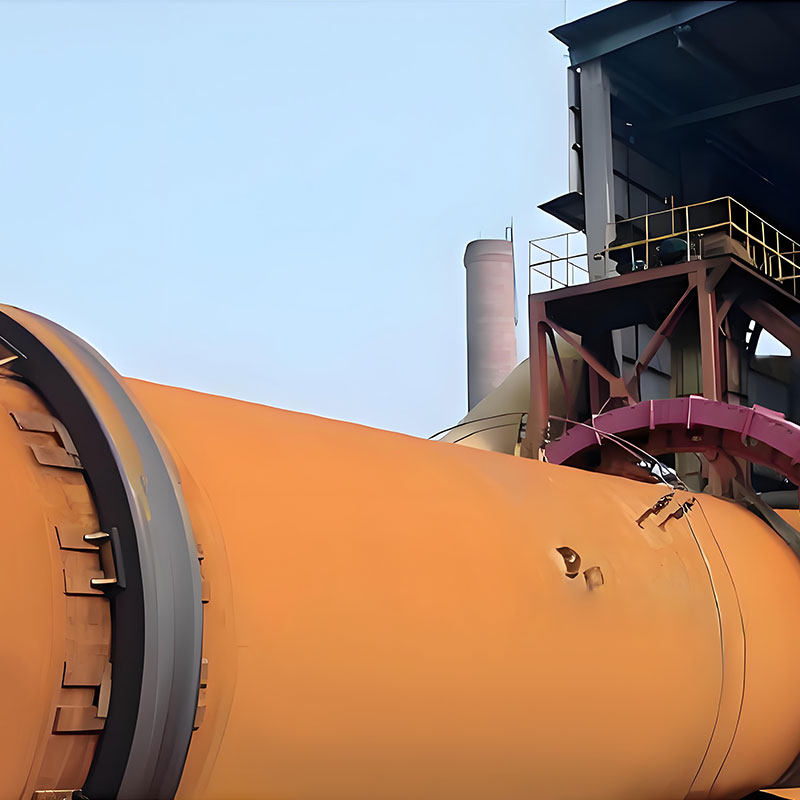Does a Lime Rotary Kiln Need Cleaning?
1. Why is it necessary to clean a lime rotary kiln?
Ensuring product quality and output:
Rings: This is the most common problem requiring cleaning. When the material in the kiln melts at excessively high temperatures, it adheres to the refractory bricks, forming rings of hard scale. Rings significantly reduce the effective volume of the kiln, hindering material flow. This leads to uneven residence time of the raw material (limestone) in the kiln, unevenly cooked lime, and a significant decrease in quality, along with a sharp drop in output.
Maintaining stable production and reducing energy consumption:
Rings disrupt the normal thermal system in the kiln. To maintain temperatures, more fuel must be consumed, leading to increased energy consumption.
Rings are unstable and can suddenly collapse, damaging the kiln lining and refractory bricks, or even jamming rotating components, causing production interruptions and significant economic losses.
Protecting critical equipment and extending kiln life:
Material accumulation at the kiln head/tail: Material accumulation at the kiln head hood or tail chute can hinder material feeding and air discharge, increase system resistance, and in severe cases, block the passages. Preheater Blockage: For kilns with preheaters, if scale buildup within the cyclones or connecting pipes is not cleaned, it will continue to thicken and eventually become completely blocked, causing system shutdown.
Cleansing effectively protects expensive refractory bricks and linings, preventing damage from ring collapse or excessive heat.
Safety Guarantee:
Manually cleaning rings or accumulated material is a high-risk operation. Establishing strict cleaning procedures (such as kiln cooling, energy lockout, ventilation, and monitoring) is a core component of safety management.
Prompt cleaning can prevent potential explosion risks such as abnormal increases in system pressure due to blockage.
2. Key Cleaning Areas and Methods
Cleaning a rotary lime kiln is a technical task, requiring appropriate methods based on the location, nature, and severity of the scale buildup.
Key Cleaning Areas:
Kiln Rings: The primary cleaning target.
Preheater System: Scale buildup within the cyclones and connecting pipes.
Kiln Hood/Kiln Foot Hood: Accumulated material and ash.
Heat Exchange Devices: Such as hanging panels and grilles.
Common Cleaning Methods:
Manual Cleaning (Traditional Method):
Method: After the kiln has completely cooled, an operator enters the kiln and uses tools such as jackhammers, sledgehammers, and steel chisels to break and remove the rings.
Applicable to: Severe, stubborn ring formations.
Characteristics: High labor intensity, harsh environment, time-consuming, and poses safety risks, but thorough cleaning is achieved.
Mechanical Cleaning:
Method: Use a specialized ring cleaning machine or an automatic cleaning device installed inside the kiln to perform cleaning without stopping the kiln or for a short period of time.
Applicable to: Regular preventative cleaning.
Characteristics: High efficiency and safety, but high equipment investment cost.
"Ring Burning" Method (Thermal Shock Method):
Method: Through rapid cooling and heating, the ring formations, taking advantage of the difference in expansion coefficient between the rings and the refractory bricks, are cracked and fall off.
Operation: Sudden reduction of feed, increased ventilation, or introduction of wet coal, snow, water, etc. into the kiln to rapidly lower the kiln lining temperature. Features: No kiln shutdown is required, but the risks are extremely high. Improper operation can severely damage refractory bricks and even cause deformation of the kiln shell, so extreme caution is required.
Natural Cooling During Kiln Shutdown:
For minor crusting in the preheater system, the crust may sometimes crack and fall off automatically due to cooling and shrinkage after the kiln is shut down.
3. Cleaning Frequency and Recommendations
Planned Cleaning: Combined with regular kiln shutdowns and overhauls, a comprehensive and thorough inspection and cleaning of the kiln interior, preheater, and other components is performed.
Targeted Cleaning: When monitoring parameters (such as abnormally high main motor current, increased system resistance, or a significant decrease in output or quality) indicate signs of ringing, prompt cleaning is scheduled.
Daily Inspection: Regularly observe the kiln interior through observation holes at the kiln head and tail to ensure early detection and resolution.
News Category
Recommended Products
It is focused on the overall solution of dry bulk material port transfer system,
research and development, manufacturing, and service
- Product Category
- >Cement production line
- >Environment protection
- >Metallurgical and mining equipment
- >Pressure Vessel
- Quick Links
- >Products
- >Company
- >Equipments
- >Solutions
- >Services
- >News
- >Contact
- Contact us
-
-
 Call us for support+86 13584702563
Call us for support+86 13584702563 -
 Call us for supporthaijian@haijianstock.com
Call us for supporthaijian@haijianstock.com -
 No. 198, Shuanglou Road, Qutang Town, Haian County, Jiangsu Province
No. 198, Shuanglou Road, Qutang Town, Haian County, Jiangsu Province
-


 English
English  русский
русский  Español
Español 